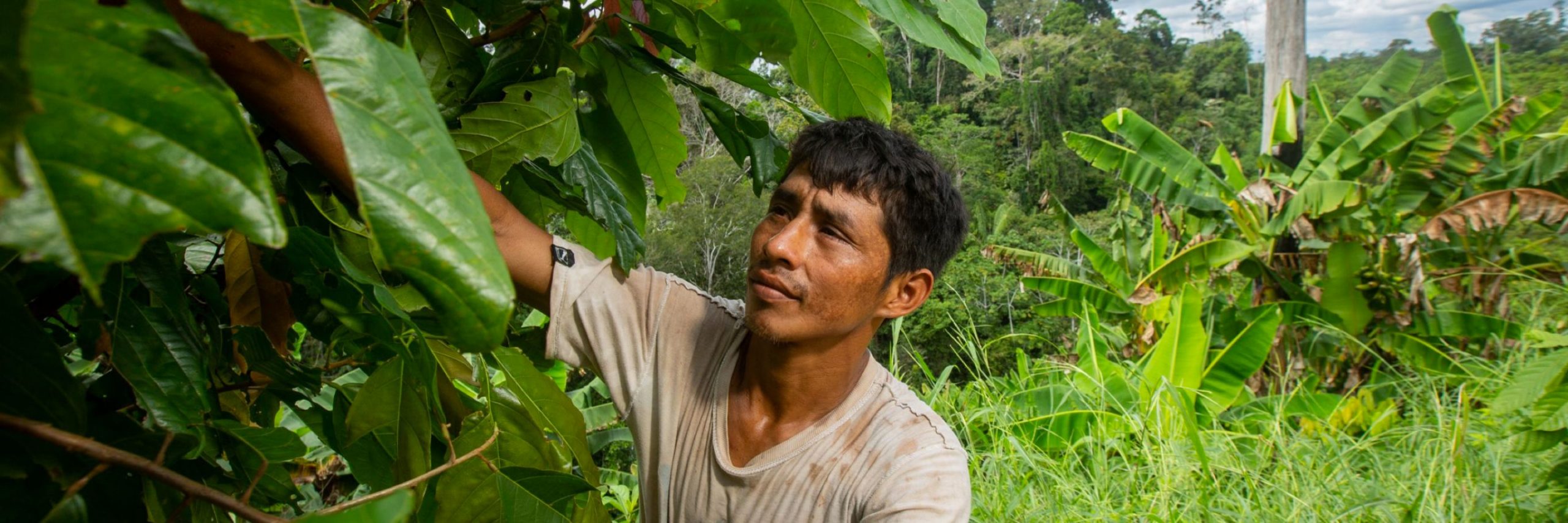Duration of engagment
Short-Medium: training (1-3 months); engaging with a fund to support smallholders (1 year); providing loans, guarantees, or offtake agreements or (up to 3 years).
Cost
($)
Staff time to engage with government and/or private financial institutions to create/improve a development fund to support smallholders
($)
Staff time and/or funding to train smallholders on financial basics
($-$$$)
Direct loans to smallholders
($$)
Guaranteed smallholder loans or offtake agreements
In the real world
Many companies help smallholders gain access to financing, but these efforts have rarely been connected with broader landscape/jurisdictional strategies. If undertaken in the context of an L/JI, the same efforts can leverage partners’ works and deliver significantly greater impacts.
Lending cash to conserve the forests’ future
In Ucayali, Peru, the French chocolate company KAOKA signed a long-term partnership agreement with a cocoa producers cooperative (Collpa de Loros), which leveraged the agreement to lower its risk profile when seeking a loan. The loan enabled the cooperative to invest in cocoa harvesting and processing infrastructure, rehabilitate 200 hectares of cocoa plantings to increase yields, and develop demonstration plots to boost productivity even further. The cooperative also received the equivalent of a US$285,000 loan guarantee from a regional development fund established by the Ucayali government (FONDESAM), on condition that it agreed to maintain existing forest cover on the individual producers’ farms. About 100 smallholders were able to use this credit guarantee to access a US$385,000 bank loan at an interest rate 5% lower than the prime rate offered by the traditional agricultural lender, Agrobanco. The Ucayali government is now working to scale and replicate the successful financing of this cooperative by developing a technical assistance and financial incentive program for producers that adhere to sustainability criteria contained within the regional government’s Marca Ucayali initiative.
Leveraging loans to transform palm oil production
In Colombia, Cargill is teaming up with Solidaridad and Oleoflores to offer loans used by farmers to implement sustainable palm oil production practices. Under this program, a credit scoring tool considers farmers’ agronomic practices, collateral, and capacity for repayment to show which farmers are eligible for loans. The program aims to extend credit to more than 5,000 farmers across the country.
Key points for companies

Determine whether the target landscape/jurisdiction has set a goal around enhancing smallholder finance in support of sustainable production. If so, companies should align their efforts with the L/JI’s goals and geographic priorities. Alignment could mean adjusting their own existing efforts or investing in programs delivered by others. Upstream companies with capacity to engage smallholders should take the lead; downstream companies can provide funding to support financing programs.
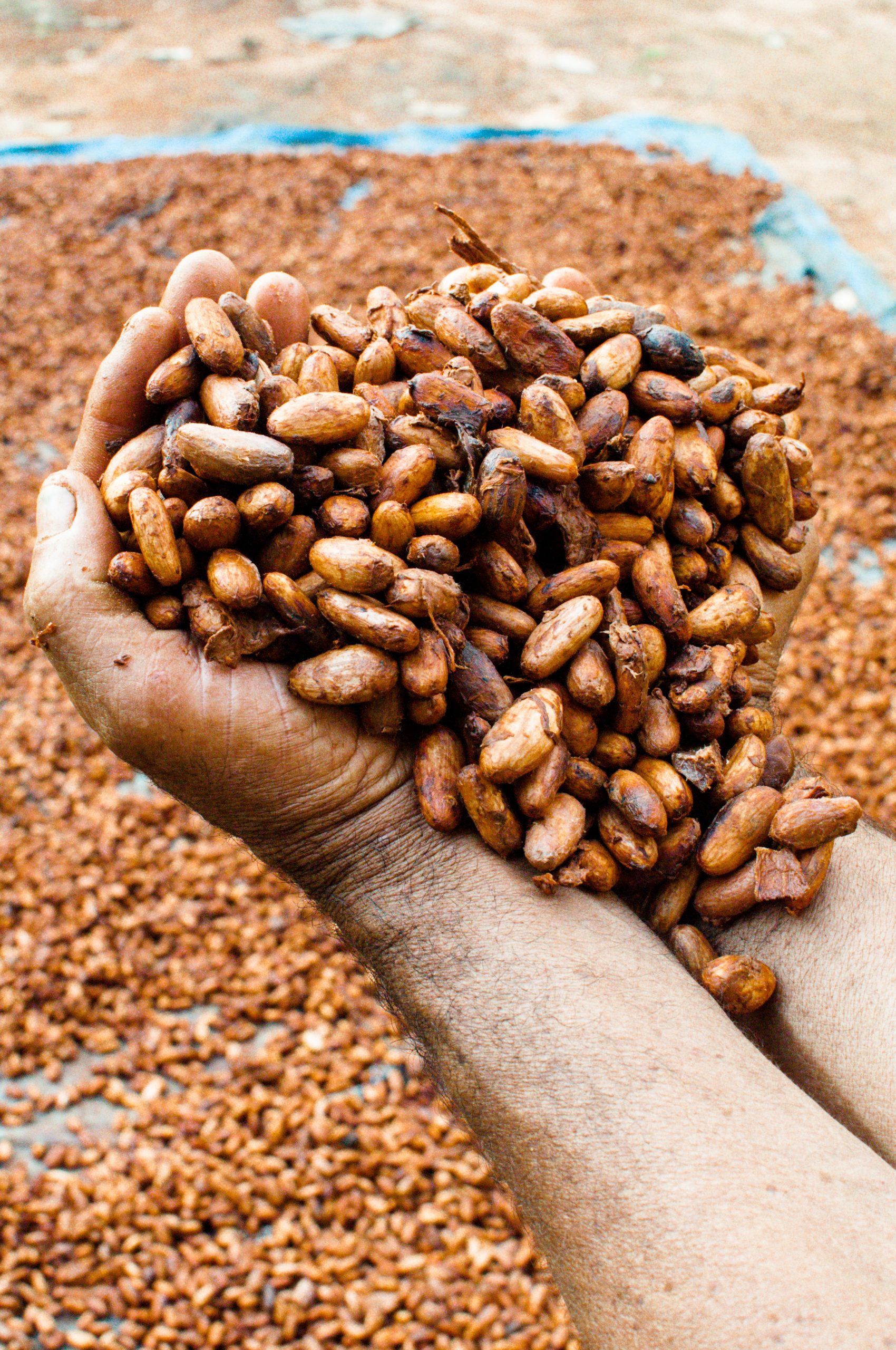
Identify which smallholders need to participate to meet landscape/jurisdiction-level conservation and sustainable production goals, and determine what they need to succeed:
- If not already organized into groups, encourage smallholders to do so, with help from local civil society organizations.
- Identify the financial hurdles that prevent smallholders from earning a living in a way that protects forests and meets other conservation goals.
- Design interventions in a way that links financial access to forest protection and/or soil conservation, better cropping practices, etc.
- Ask smallholder participants to provide geo-coordinates (an effort eased by technical assistance) for their plots, thus enabling remote sensing to monitor performance and ensure compliance with forest conservation agreements.
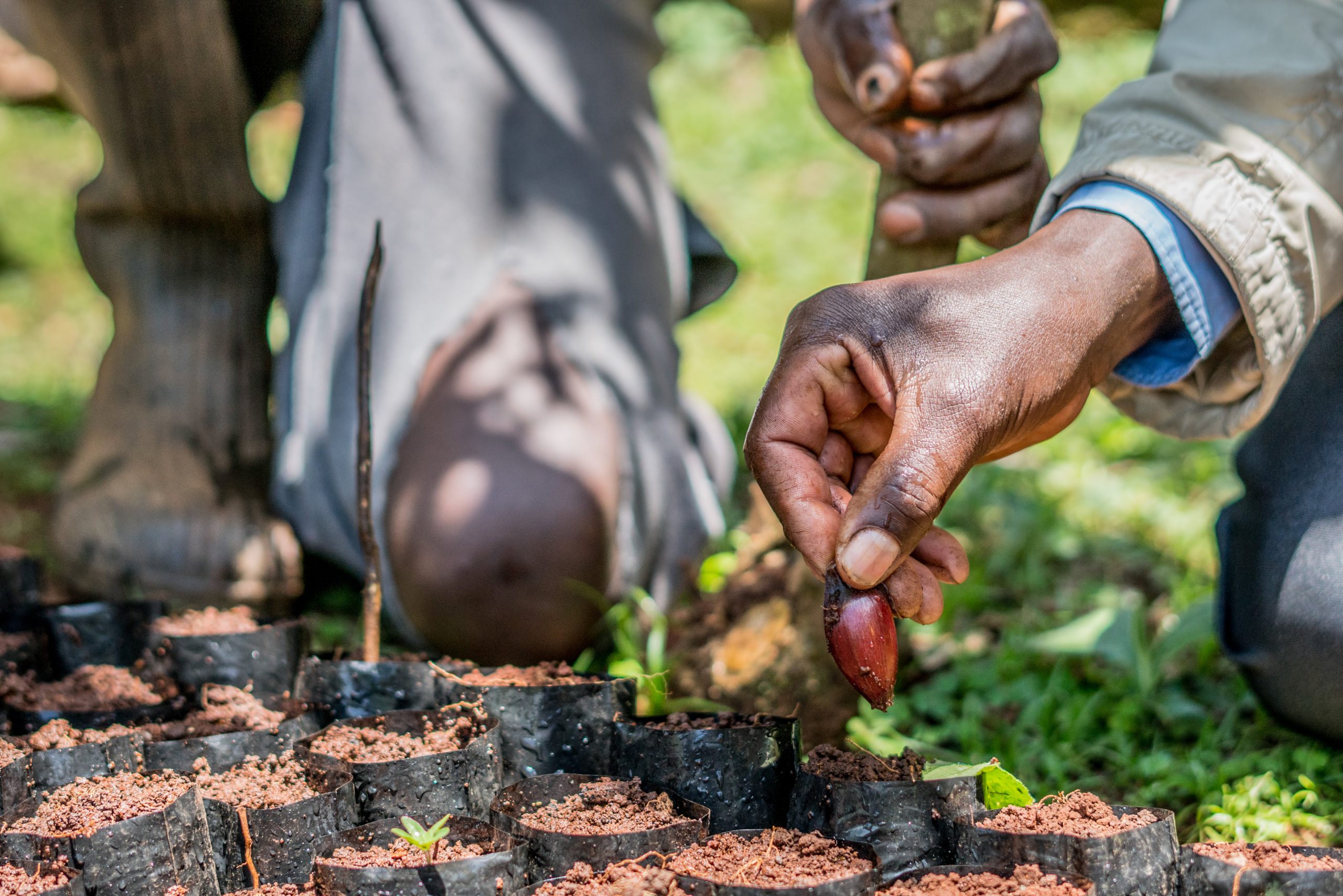
Tailor the specific form of a company’s intervention should to the identified financial hurdles:
- If farmers lack capital to invest in sustainable practices, a company could provide long-term contracts to help them access loans with reasonable terms. That would enable smallholders to make the needed investments yet maintain their livelihoods for the loan’s duration.
- If farmers lack experience or comfort dealing with banks, a company could help train them to engage in the formal financial market. Smallholders could especially benefit from assistance in creating the formal business plans that lenders require before deciding to extend credit. A company could also foster relationships between smallholders and a microfinance, regional, or national financial program/institution. They are uniquely positioned to show the big picture of how access to finance can build financial security, and can help smallholders gain saving, borrowing, and repayment experience.
- If farmers can’t provide lenders with a loan guarantee, or collateral, a company could step in to guarantee loans on smallholders’ behalf. It could also negotiate long-term offtake agreements with smallholders for the commodities they produce, which could serve as collateral for their loans.
- If farmers are so small or remote, they can only access disadvantageous loan terms, a company can offer supply chain financing, extend other forms of credit, or offer small loans to these farmers directly. Such alternative loans should offer terms on par with traditional financial institutions, structured flexibly enough to account for the more challenging environments smallholders face. Alternatively, a company might advocate and work with government to create or improve a development fund designed to finance smallholders that have difficulty accessing credit from traditional lenders. In both cases, the company should streamline the loan process, for example by creating a way for smallholders to prequalify their business plans with potential funders.
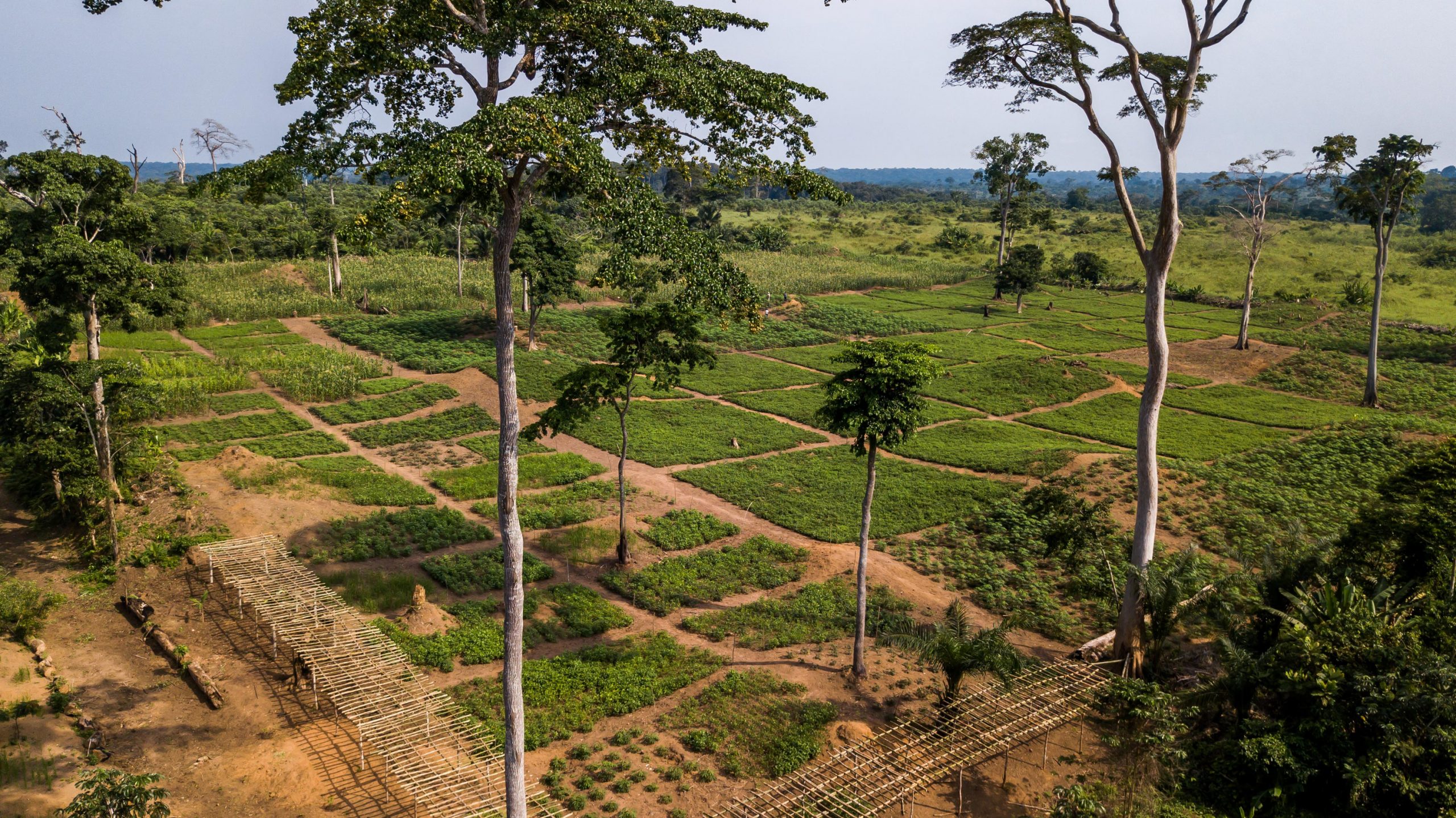
Consider both up-front financing to support a transition to sustainable production, and results-based payments that reward smallholders and communities for maintaining forest cover and other valuable natural resources in the landscape. Results-based payments can take the form of: renewable offtake guarantees, where renewal is contingent on forest protection; periodic direct payments to households, cooperatives, and/or community funds for forest protection; and/or contributions to jurisdiction-level or national funds (for example, REDD+ funds) that are allocated to communities and smallholders by an L/JI in exchange for forest protection.
- Where local laws provide payment for environmental services, companies can connect smallholders with information about how to access these funding streams.
External conditions that improve likelihood of success
- The existence of smallholder cooperatives significantly reduces the transaction costs associated with getting financing to individual smallholders.
- The smallholders’ business needs to be viable (or capable of becoming viable with a loan), even if a business plan has yet to be spelled out in terms that a lender could engage with.
- An existing fund or other financial institution dedicated to supporting smallholders is not critical to a company’s ability to link smallholders with financing, but it can expand the range of ways a company can support financing.
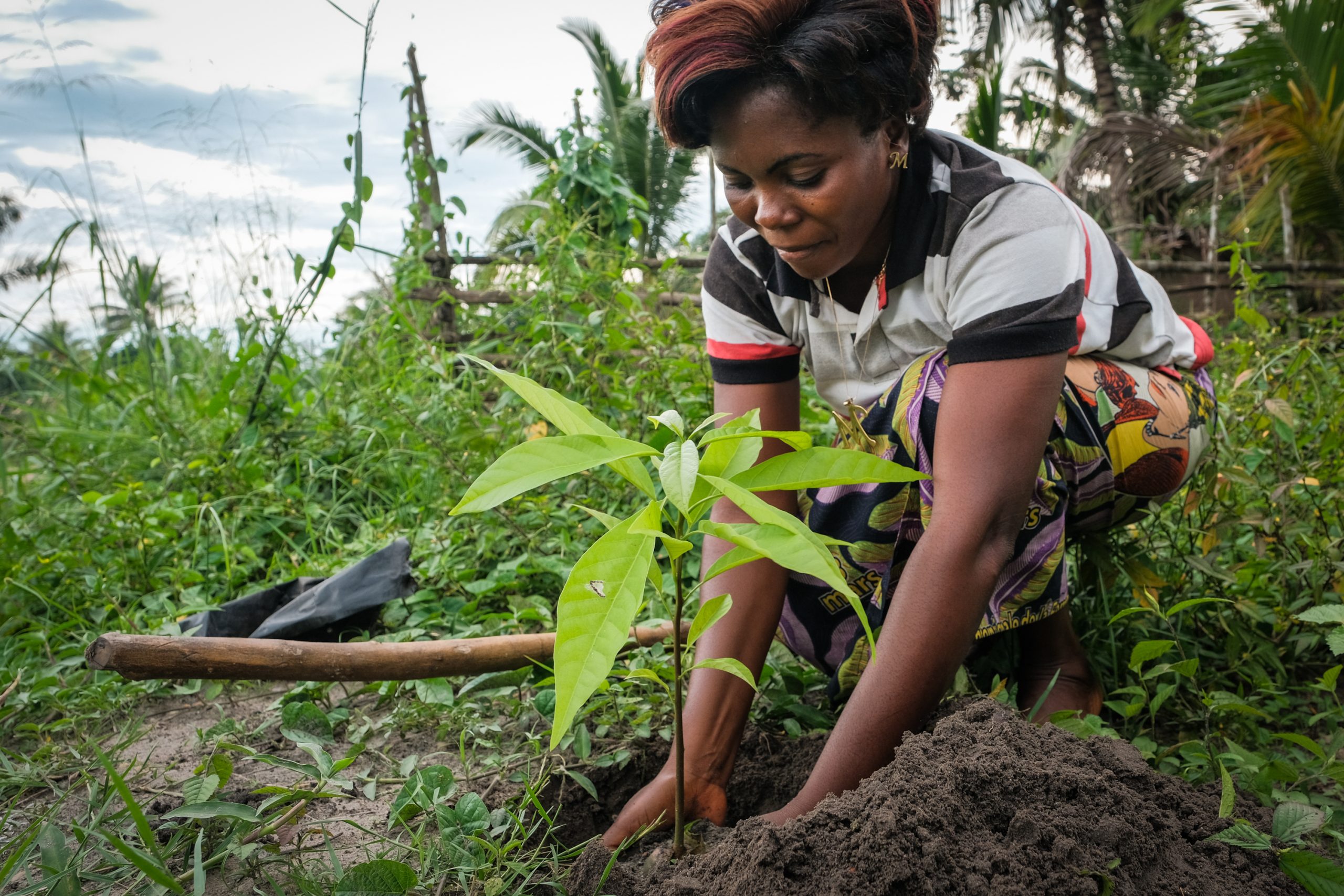
Business case for undertaking this intervention
- Association with increased access to finance can strengthen a company’s bond with more sustainable producers, thus improving the company’s access to deforestation/conversion-free supply.
- Increasing smallholders’ access to finance will help them provide consistent or enhanced levels of high-quality supply.
- Conditioning finance on sustainability performance links smallholders’ livelihoods with and incentivizes pursuit of positive environmental impacts.
- Georeferencing smallholder plots as part of their application to receive financing makes it easier to ensure compliance with forest protection agreements.
